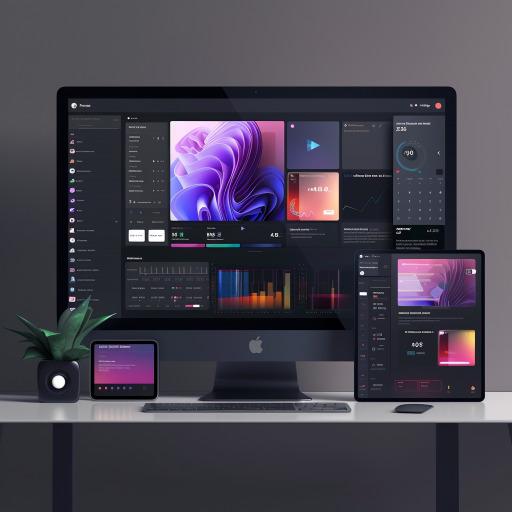Customers appreciate Figma for several reasons, making it a popular choice for design teams and individuals:
Collaboration:
- Real-time collaboration: Multiple people can edit the same Figma file simultaneously, fostering effective teamwork and streamlined design iterations. This allows designers to work together on projects seamlessly, regardless of their physical location.
- Version control: Figma automatically saves your work, allowing users to revert to previous versions if necessary. This ensures everyone is working on the latest version and eliminates the risk of losing work due to accidental changes.
- Commenting and feedback: Figma provides tools for leaving comments and providing feedback directly on designs, facilitating clear communication within teams and with clients.
User-friendliness:
- Simple and intuitive interface: Figma boasts a user-friendly interface that is easy to learn and navigate, even for those new to design software. This makes it accessible to a wider range of users, including designers with varying experience levels.
- Web-based platform: No software downloads are required; users can access Figma from any device with a web browser, eliminating compatibility issues and allowing for easy access on the go.
- Extensive resources and tutorials: Figma offers a wealth of resources, including tutorials, documentation, and community forums, making it easy for users to learn new features and get help when needed.
Features and Functionality:
- Comprehensive design tools: Figma offers a diverse toolkit for various design needs, including vector graphics creation, prototyping, and user interface (UI) design. This allows designers to complete their entire design workflow within a single platform.
- Integrations with other tools: Figma integrates with various external tools and plugins, expanding its functionality to cater to diverse design workflows and connect seamlessly with other commonly used software.
- Community-driven enhancements: Figma actively incorporates user feedback and suggestions, ensuring the platform continuously evolves and adapts to user needs.
Additional factors contributing to Figma’s popularity:
- Free plan: Figma offers a free plan with basic features, making it an accessible option for individual designers and startups.
- Affordable paid plans: Paid plans offer additional features and functionalities, catering to the needs of larger teams and organizations.
- Growing popularity: Figma’s rising popularity within the design community further attracts users, creating a network effect and establishing it as a preferred industry tool.
